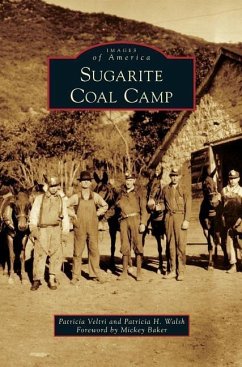Tucked into a remote canyon in northeastern New Mexico, Sugarite Coal Camp created a true melting pot for mostly immigrant miners slinging picks and shovels. The coal they labored to produce heated homes across several states for decades. In a bountiful place long used by native peoples and then by cattle ranchers, coal mining debuted in Sugarite (Sugar-eet') Canyon in the early 1900s. The St. Louis, Rocky Mountain, and Pacific Company quickly ramped up full-scale mining operations, building an orderly town of sturdy block houses perched upon canyon slopes. A store, school, post office, and clubhouse served camp residents, many hailing from Eastern Europe, Italy, Greece, Scotland, Wales, Ireland, Mexico, and even Japan. With the rumble of coal cars as background music, poor mining families lived a rich life making wine, dancing, and playing sports. Today, visitors to Sugarite Canyon State Park tour ghostly remains of the camp, one of the few accessible to the public.
Hinweis: Dieser Artikel kann nur an eine deutsche Lieferadresse ausgeliefert werden.
Hinweis: Dieser Artikel kann nur an eine deutsche Lieferadresse ausgeliefert werden.






